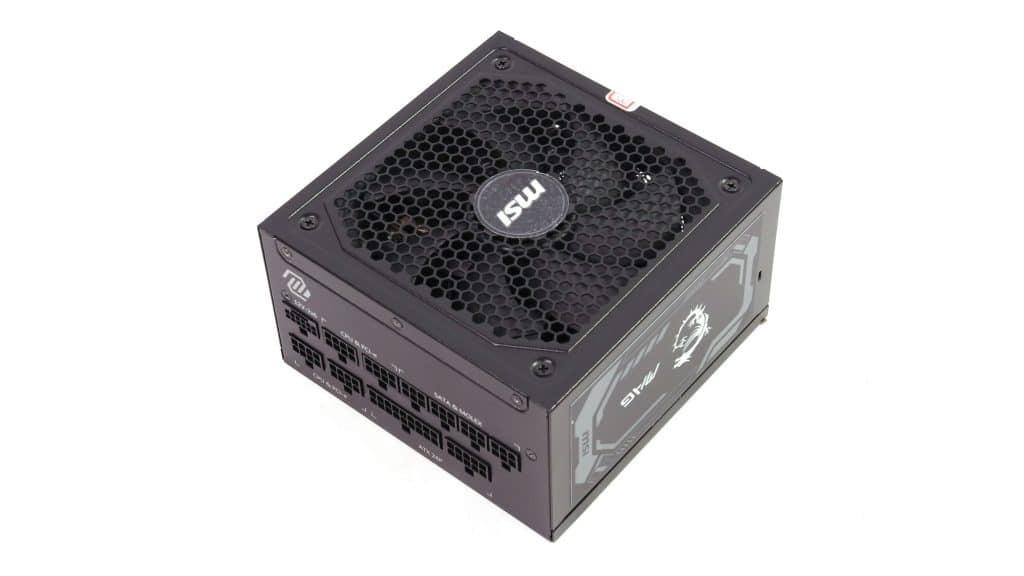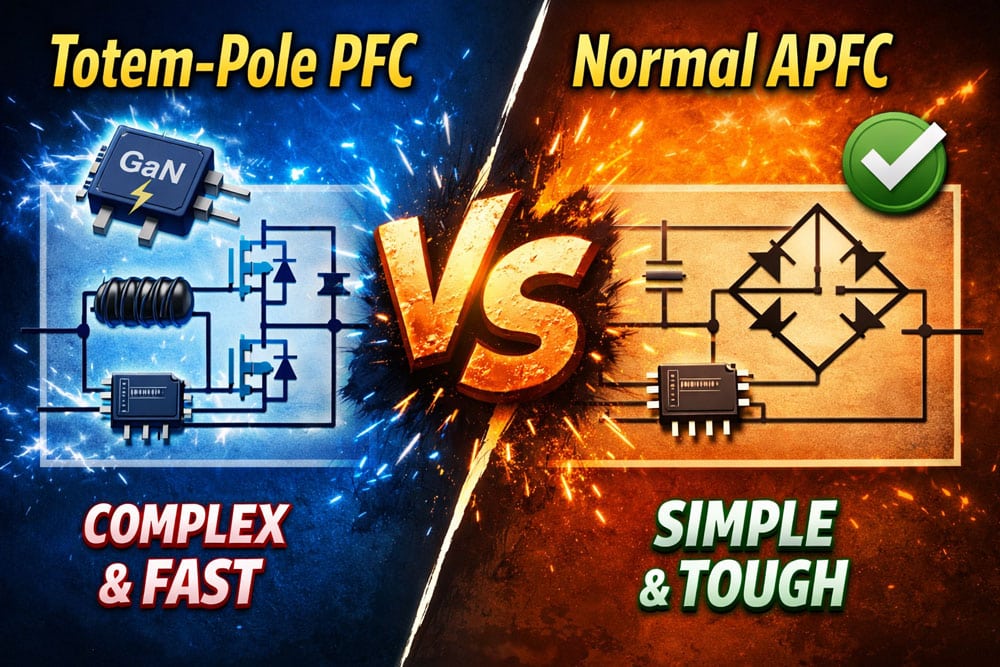Epilogue
The MSI MAG A1250GL PCIE5 belongs to the affordable MAG series, so the main focus is on the performance per price ratio, rather than pure performance. With a price of 220 dollars and a low overall performance score, this is not the case. The unit’s load regulation is loose at 12V, the most important rail, and the transient response at 12V and 3.3V is not good either. That said, the PSU managed to deliver 200% of its max power, 2500W, with its rails within the ATX spec range.
The PSU’s average noise output is high, but up to 600W, the fan’s noise output is kept below 20 dBA. You will have to stress the 12V rail with more than 720W to force the fan to go over 30 dBA, and at very high loads, above 1040W, you should be prepared for over 45 dBA noise.
Another important section is protection features, and the PSU didn’t perform well there, since my sample died during the 5V OCP evaluation at high temperatures, although the applied load wasn’t so high. In almost every PSU review, I state that there is no need for high loads on the minor rails, especially the 3.3V one, so it is better to play it safe there rather than be sorry. The same goes for all protection features, which have to be tuned according to the platform’s capabilities. There is no golden rule here, so you have to judge each platform according to its capabilities. A platform can have overrated parts so it can withstand >130% OCP and OPP triggering points, while another platform can be on the edge, so even a 110% set OPP could create problems.
The $220 price tag for the MSI MAG A1250GL PCIE5 is pretty high, given that for 40 dollars less, you can get the Cooler Master MWE Gold 1250 V2, and for about the same price, you can get the Corsair RM1200x Shift.
Before investing in a new power supply, read my Best ATX v3.x PSUs article to check all alternative PSU offerings. You help me a lot by using my affiliate links, which don’t increase the product’s price. I get a commission from Amazon every time you do it, which can make a difference for me, especially now that I am on my own, working exclusively for my media and not for someone else.
Buy DeepCool PX1200G
Buy FSP Hydro PTM X PRO 1200W
Buy be quiet! Straight Power 12-1200w
Buy be quiet! Pure Performance Power 12 M 1200W
Buy Seasonic Vertex GX-1200
Buy Thermaltake Toughpower PF3 1200W
Buy Thermaltake Toughpower GF A3 1200W
Buy Corsair RM1200x Shift
- Delivered full power at 46°C
- ATX v3.1 and PCIe 5.1 ready
- Good build quality
- Silent at up to 600W (at 12V)
- Efficient at super light loads (2%)
- Low inrush currents
- Well-performing APFC converter
- Properly set 12V OCP and OPP
- Low standby power
- Alternative Low Power Mode (ALPM) compatible
- Fully modular
- FDB fan
- Many cables and connectors, including a high-power one (12+4 pin, 600W)
- Ideal distance between the peripheral connectors (150mm)
- Compact dimensions (150mm depth)
- Expensive
- The protection features need tuning
- Mediocre transient response at 12V and 5V
- Noisy operation at high loads
- Average efficiency could be higher
- Lower than 17ms hold-up time
- Loose load regulation at 12V and 5VSB
- APFC converter needs tuning for higher PF readings




You left out the very interesting noise graph from your test at 230V over at Cybenetics. That result suggets a terrible fan behavior at the higher voltage used in a large part of the world.
https://www.cybenetics.com/evaluations/psus/2449/
Any idea why it behaved like that? 🙂
I am pretty use all graphs are in the review. You mean the CL Noise 230V graph?
I got a MAG A1250GL power supply for my ryzen 9 7950X, X870 Tomahawk Wifi and RTX 3090 Gaming X, is this power supply safe for long productivity and 3D Rendering usage ?